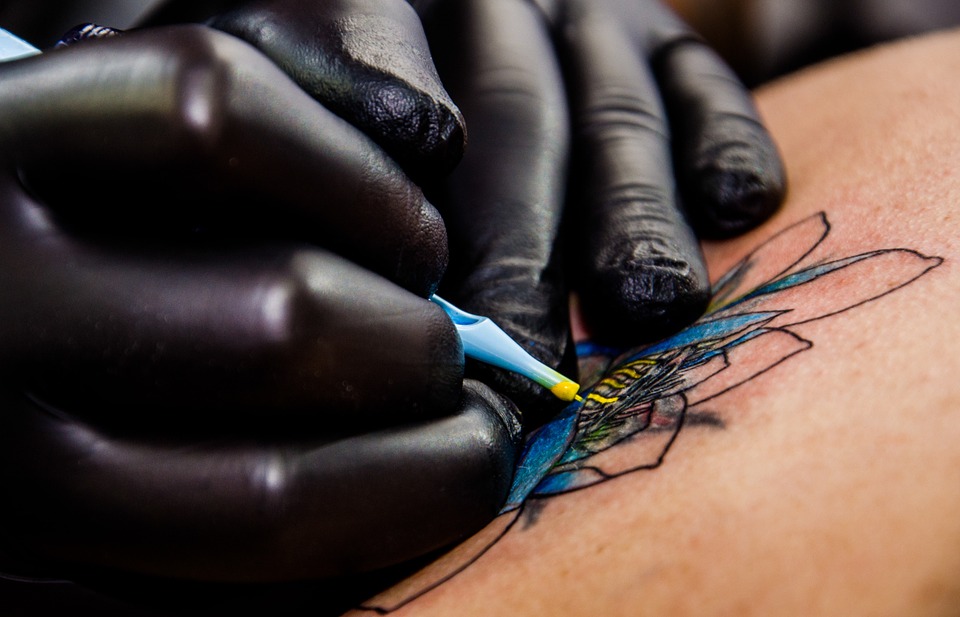Decoding Tattoo Removal: Unveiling the Nuances and Success Factors
In the vast canvas of self-expression, tattoos serve as indelible brushstrokes, illustrating personal narratives. However, the permanence of ink doesn’t always align with the ever-evolving stories of individuals. This has given rise to an intriguing and transformative process – tattoo removal. In this article, we unravel the complexities surrounding tattoo removal and explore the myriad factors influencing its success.

What is Tattoo Removal
Tattoo removal, once a niche consideration, has become a mainstream topic as more individuals embark on the journey of redefining their self-expression. It involves methods to either eliminate or fade the appearance of tattoos.
The Growing Trend
As societal norms shift and acceptance of tattoos becomes widespread, so does the desire for tattoo removal. The evolving trends in body art mirror the dynamic nature of personal identity.
Factors Influencing Tattoo Removal Success
Tattoos, like stories, are unique to each individual. Yet, not all tattoos are equal when it comes to the ease of removal. Understanding the determinants of successful tattoo removal is crucial.
Size and Complexity of the Tattoo
The canvas matters. Larger and intricately designed tattoos pose a greater challenge for removal, often requiring additional sessions for complete eradication. The complexity of the artwork can impact the efficacy of removal techniques.
Colors Used in the Tattoo
The palette matters too. Darker colors respond more favorably to removal treatments compared to lighter shades. The composition of tattoo pigments plays a pivotal role in the removal process.
Skin Tone
Skin, the living canvas, reacts uniquely to removal methods. Different skin tones may respond differently, adding a layer of complexity to the success of tattoo removal.
Age of the Tattoo
The longevity of the ink matters. Fresh tattoos may be removed more readily than aged ones. The age of the tattoo influences the number of sessions required for effective removal.
Location on the Body
The body’s healing prowess isn’t uniform. The location of the tattoo on the body can significantly affect the success of removal treatments.
Types of Tattoo Removal Methods
The arsenal of tattoo removal methods is diverse, each with its own nuances and applications.
Laser Removal
Laser removal stands as a popular and versatile method. It employs high-intensity light beams to break down tattoo pigments, harnessing the body’s natural immune system for elimination.
Surgical Excision
For smaller tattoos, surgical excision involves physically removing the tattooed skin, a precise yet invasive approach performed under local anesthesia.
Dermabrasion and Chemical Peel as Removal Techniques
Dermabrasion mechanically scrapes away layers of skin, while chemical peels use acids for a gradual fading process. Both methods demand careful consideration based on the tattoo and skin type.
Laser Tattoo Removal Explained
How does laser removal work? The magic lies in precision. Laser removal targets tattoo pigments, fragmenting them into smaller particles. The body then naturally disposes of these particles over time.
Effectiveness and Limitations
Laser removal boasts effectiveness, but no method is without limitations. The success of laser removal depends on factors such as tattoo colors, with lighter hues posing challenges.
Surgical Excision: A Closer Look
Surgical excision is a surgical precision dance. It involves cutting out the tattooed skin and skillfully stitching the remaining skin together, a method suitable for smaller tattoos.
Suitable Candidates
However, not everyone can waltz into surgical excision. Factors like tattoo size, location, and overall health determine candidacy, with immediate results tempered by potential risks.
Potential Risks and Benefits
The allure of swift results comes with potential pitfalls – scarring and infection. Surgical excision, while effective, demands careful consideration of its potential side effects.
Dermabrasion and Chemical Peel as Removal Techniques
Dermabrasion, or methodical peeling, is another option. This process involves a rotating device to gradually remove layers of skin, contributing to the fading of the tattoo.
Chemical Peel: Pros and Cons
Chemical peels share the stage, utilizing acids for a controlled skin exfoliation process. However, navigating the pros and cons requires professional expertise.
Conclusion
In the realm of tattoo removal, diversity reigns supreme. Success hinges on a myriad of factors, from the tattoo’s characteristics to the chosen removal method. Embracing change and making informed decisions are the touchstones for those considering the transformative journey of tattoo removal.
Frequently Asked Question’s
A. How long does it take to remove a tattoo completely?
The duration varies, but patience is key. Multiple sessions are often necessary for complete removal.
B. Is tattoo removal painful?
While discomfort is part of the process, technological advancements aim to minimize pain during tattoo removal.
C. Can all tattoo colors be effectively removed?
Darker colors generally respond better, but the complete removal of lighter colors may be more challenging.
D. Are there any side effects of tattoo removal?
Potential side effects include temporary redness, swelling, and itching. Adhering to aftercare instructions minimizes these effects.
E. What should I do after getting a tattoo removed?
Follow the post-removal instructions provided by professionals. Keep the area clean, avoid sun exposure, and moisturize as recommended.
